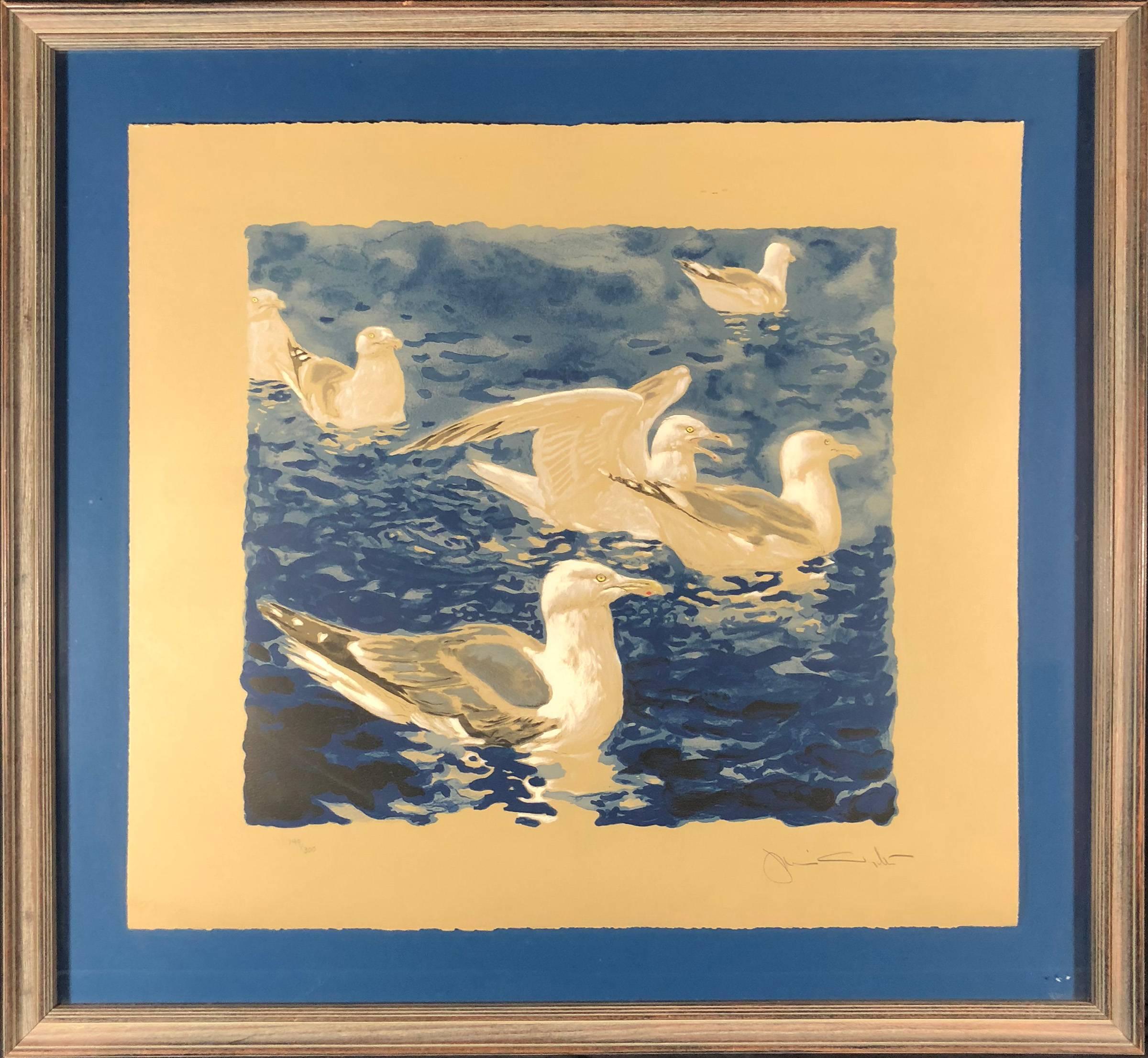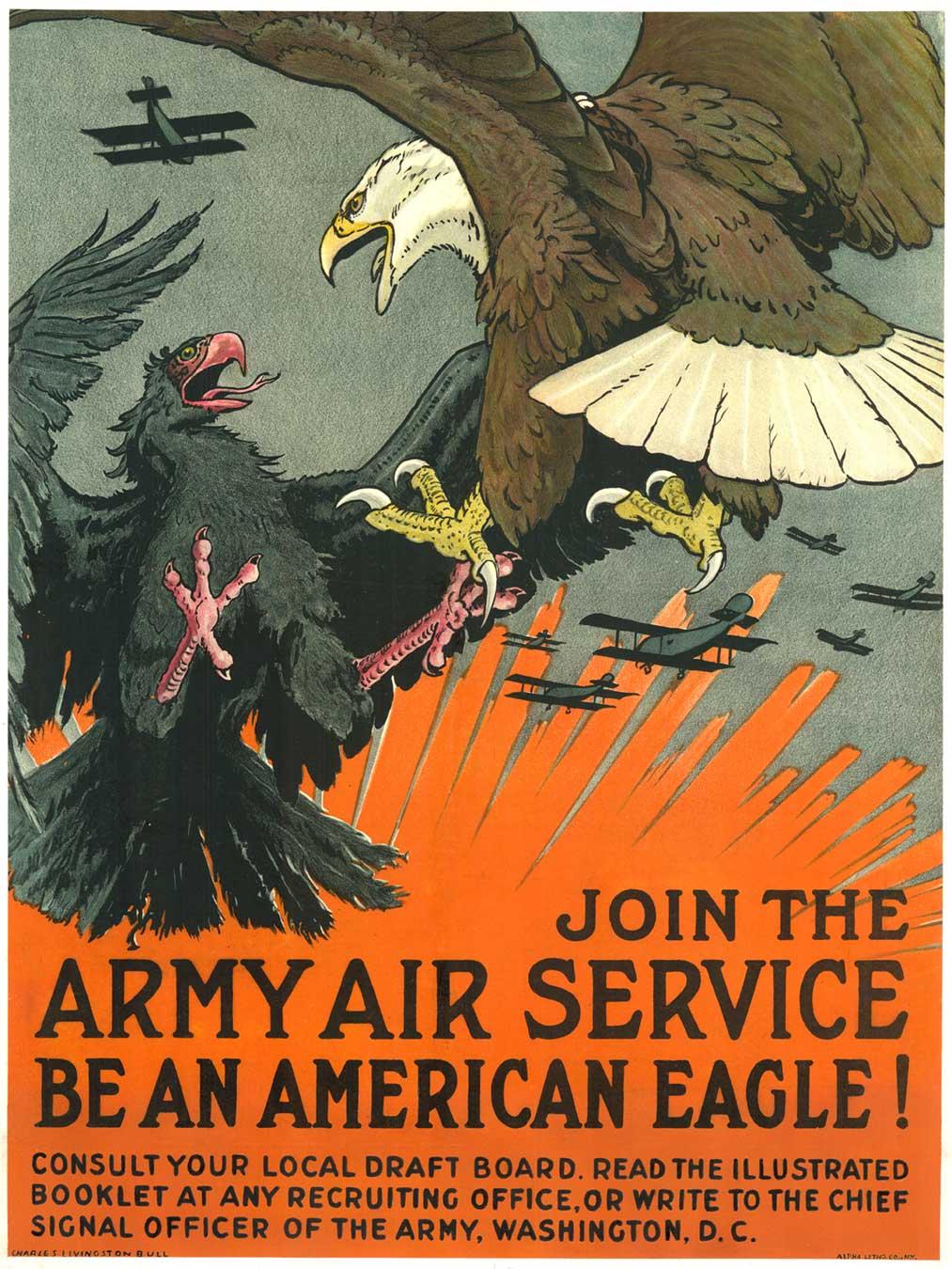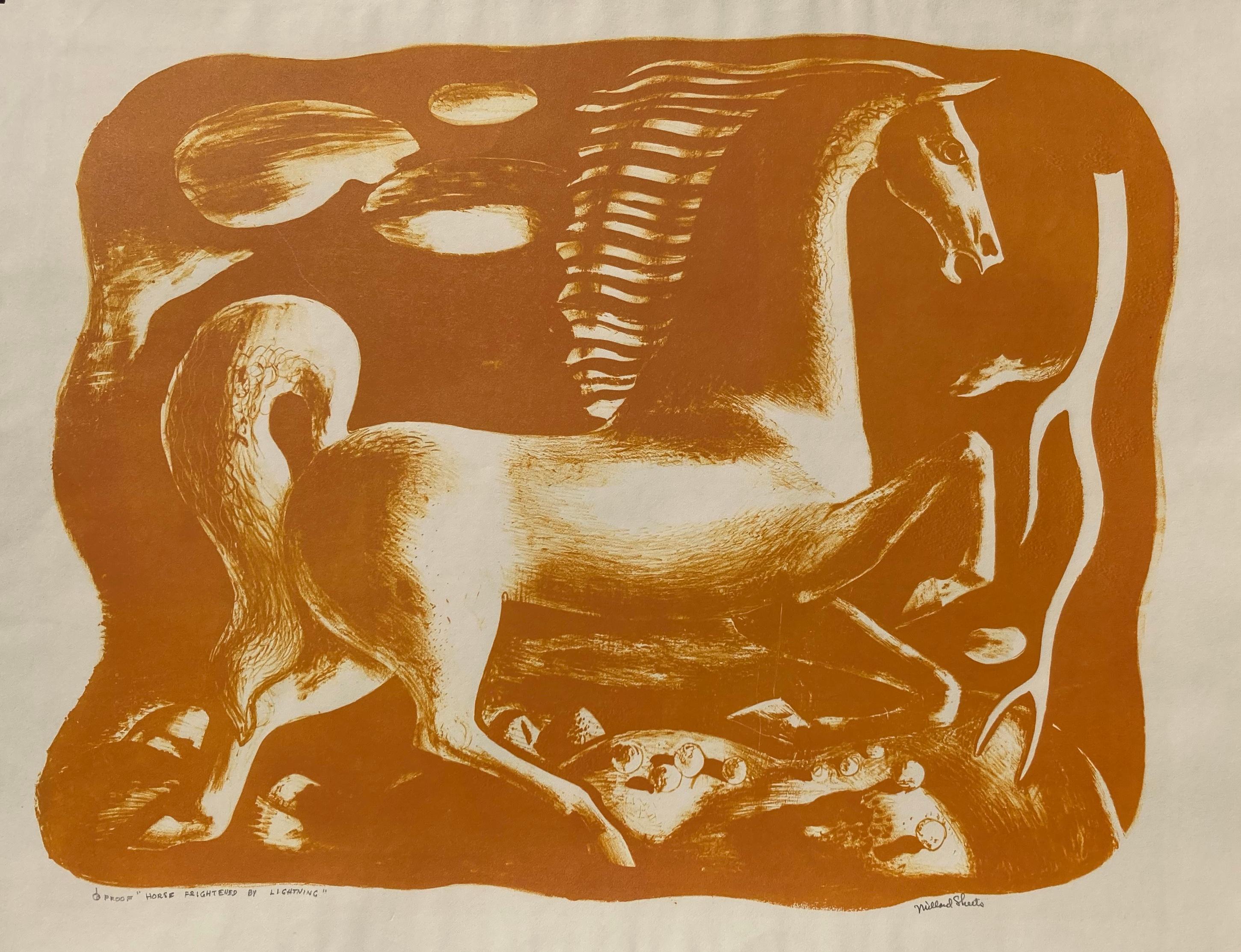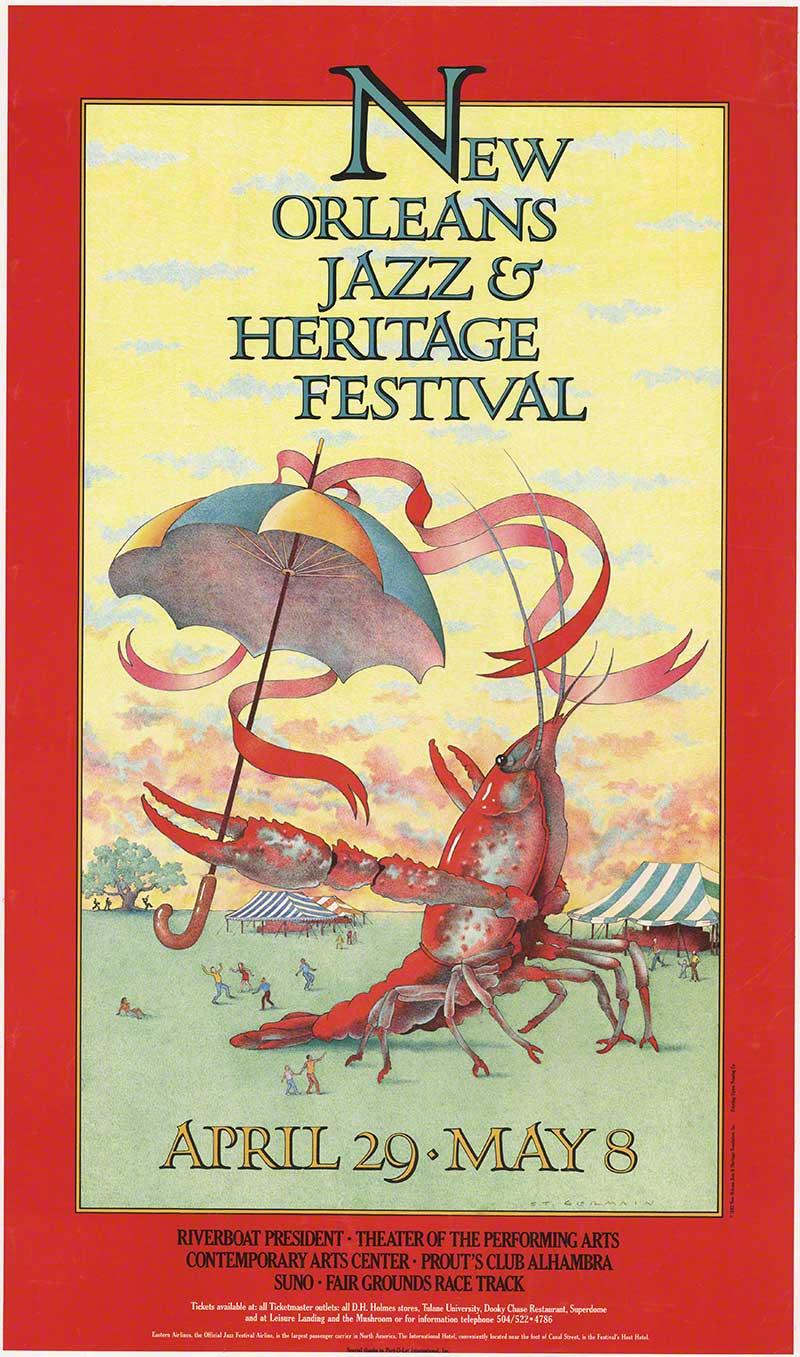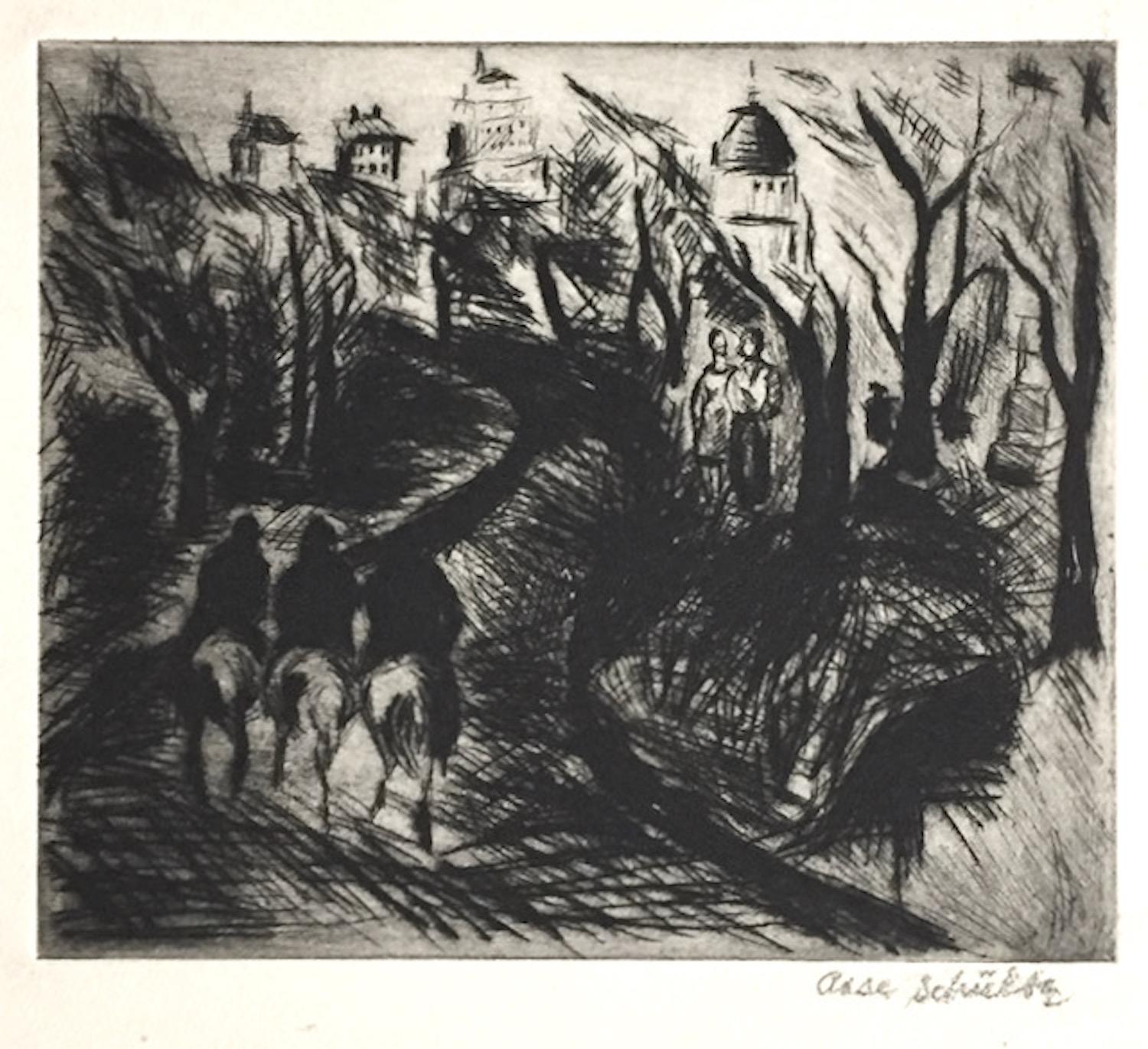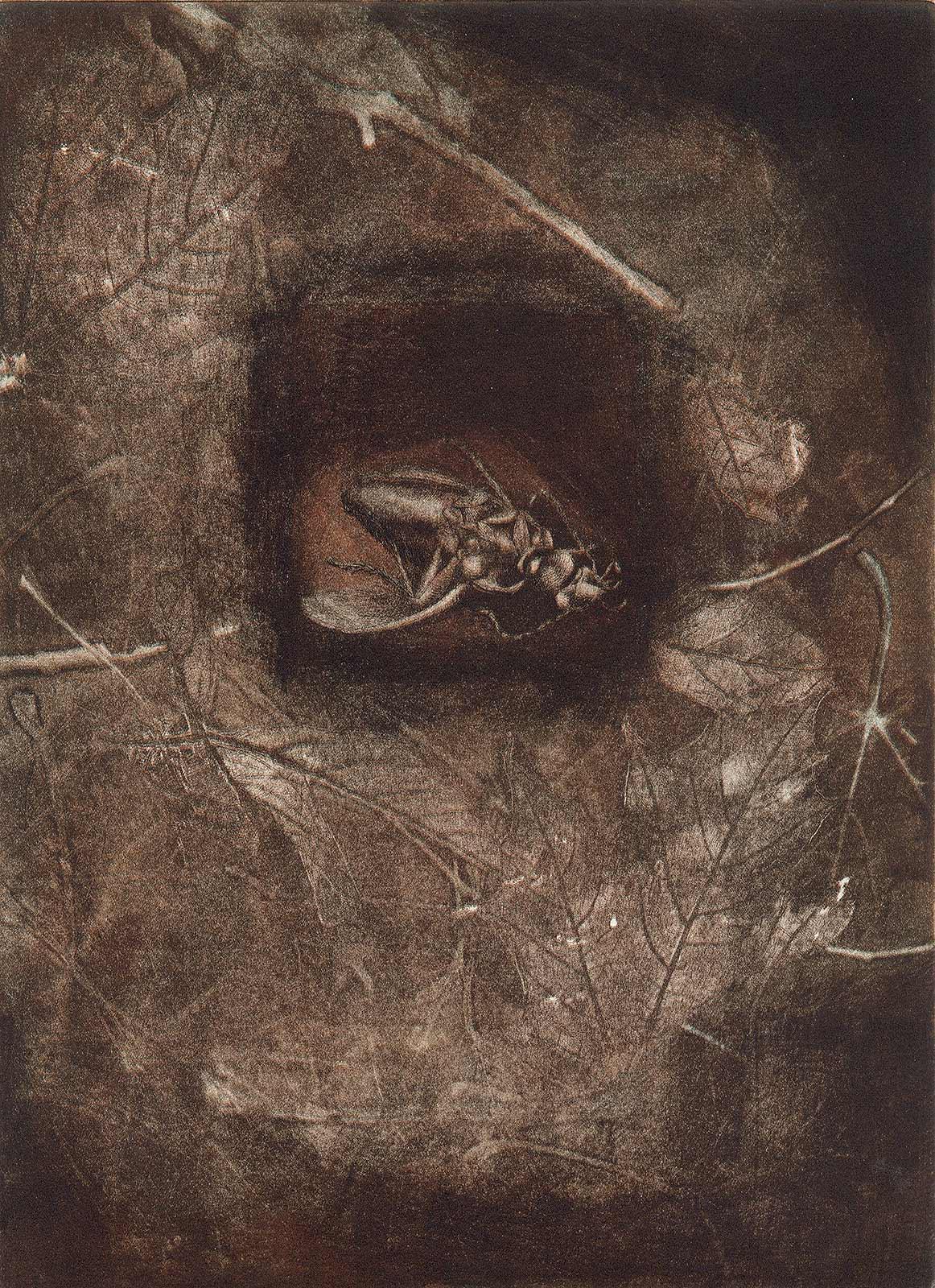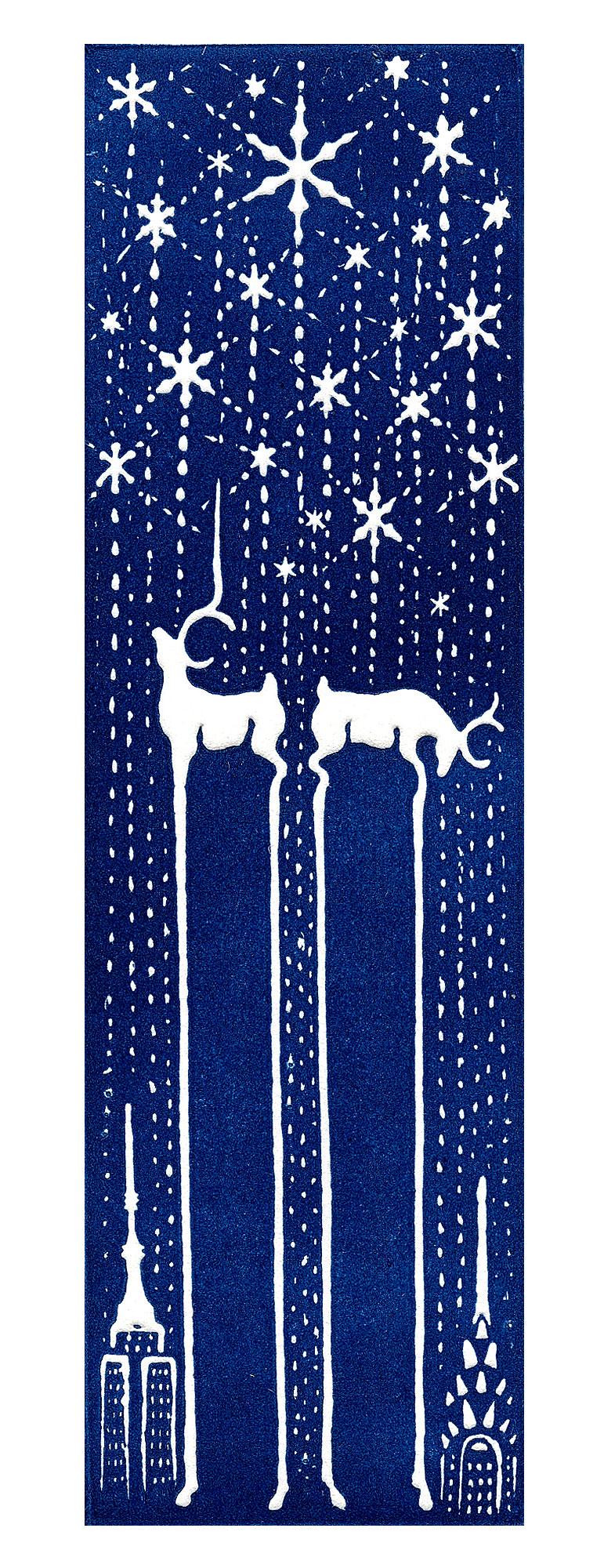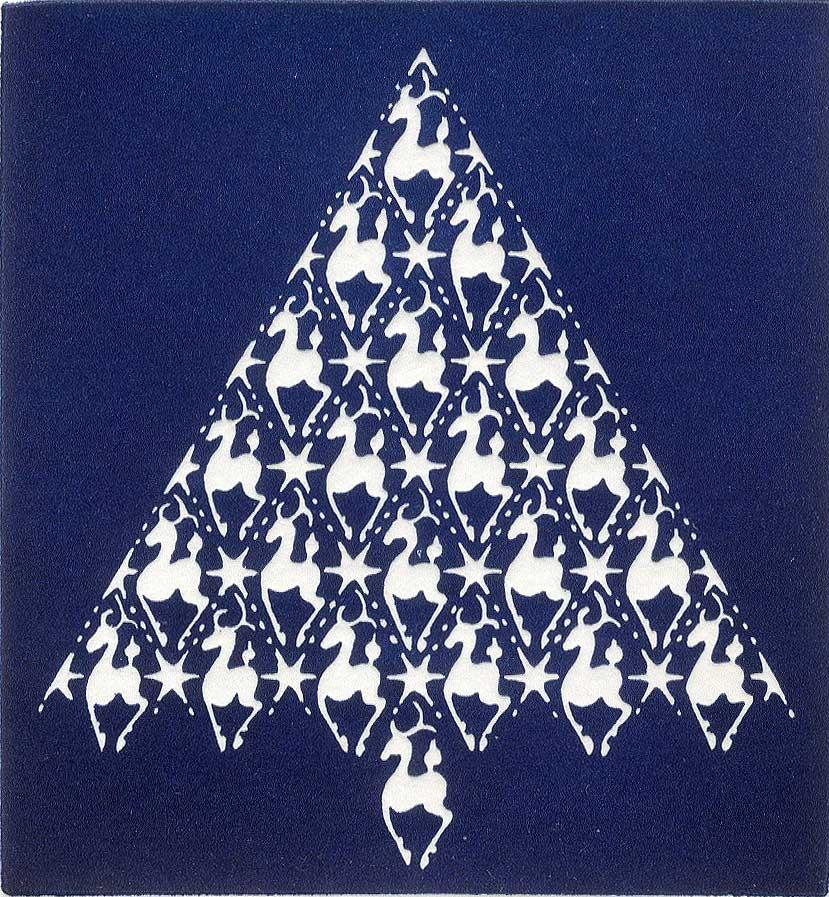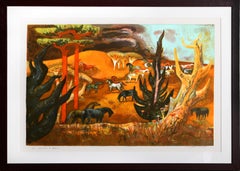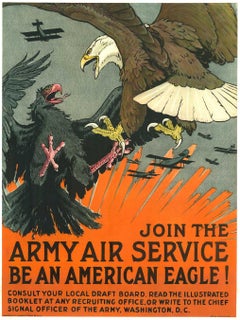"Blue Sea" Petite Monotype with Fish, 1964
View Similar Items
1 of 3
Carol Cunningham"Blue Sea" Petite Monotype with Fish, 19641964
1964
About the Item
- Creator:Carol Cunningham (1925 - 2013)
- Creation Year:1964
- Dimensions:Height: 4 in (10.16 cm)Width: 8 in (20.32 cm)Depth: 0.07 in (1.78 mm)
- Medium:
- Movement & Style:
- Period:
- Condition:Minor vintage wear.
- Gallery Location:San Francisco, CA
- Reference Number:Seller: 713221stDibs: LU29821610791
You May Also Like
- Herring GullsBy Jamie WyethLocated in Missouri, MOJamie Wyeth "Herring Gulls" 1978 Color Lithograph Signed Lower Right Numbered Lower Left 149/300 Born in 1946, James Browning Wyeth came of age when the meaning of patriotism was clouded by the traumas of the Vietnam War and the scandals of Watergate. Working in an era of turmoil and questioning of governmental authority, he did art that encompassed both marching off to war and marching in protest. One of James's early masterworks, Draft Age (1965) depicts a childhood friend as a defiant Vietnam-era teenager resplendent in dark sunglasses and black leather jacket in a suitably insouciant pose. Two years later Wyeth painstakingly composed a haunting, posthumous Portrait of President John F. Kennedy (1967) that seems to catch the martyred Chief Executive in a moment of agonized indecision. As Wyeth Center curator Lauren Raye Smith points out, Wyeth "did not deify the slain president, [but] on the contrary made him seem almost too human." Based on hours of study and sketching of JFK's brothers Robert and Edward - documented by insightful studies in the exhibition - the final, pensive portrait seemed too realistic to family members and friends. "His brother Robert," writes Smith in the exhibition catalogue, "reportedly felt uneasy about this depiction, and said it reminded him of the President during the Bay of Pigs invasion." In spite of these misgivings, James's JFK likeness has been reproduced frequently and is one of the highlights of this show. The poignancy, appeal and perceptiveness of this portrait, painted when the youngest Wyeth was 21 years old, makes one wish he would do more portraits of important public figures. James himself feels he is at his best painting people he knows well, as exemplified by his vibrant Portrait of Jean Kennedy Smith (1972), which captures the vitality of the slain President's handsome sister. He did paint a portrait of Jimmy Carter for the January 1977 man-of-the-year cover of Time magazine, showing the casually dressed President-elect as a straightforward character posed under a flag-draped water tower next to the family peanut plant in Plains, Ga. James recalls that Carter had one Secret Service agent guarding him as he posed outdoors, a far cry from the protection our Chief Executives require today. As a participating artist in the "Eyewitness to Space" program organized by the National Aeronautics and Space Administration in collaboration with the National Gallery of Art in the late 1960s, Wyeth deftly recorded in a series of watercolors his eyewitness observations of dramatic spacecraft launchings and more mundane scenes associated with the space program. Commissioned by Harper's Magazine to cover the 1974 congressional hearings and trials of Watergate figures, James Wyeth executed a series of perceptive and now evocative sketches that recall those dark chapters in our history. Memorable images include a scowling John Ehrlichman, a hollow-eyed Bob Haldeman, an owlish Charles Colson, a focused Congressman Peter Rodino, a grim visaged Father/ Congressman Robert Drinan, and vignettes of the press and various courtroom activities. An 11-by-14-inch pencil sketch of the unflappable Judge John Sirica is especially well done. These "images are powerful as historical records," observes Smith, "and as lyrically journalistic impressions of events that changed the nation forever." Wyeth's sketch of early-morning crowds lined up outside the Supreme Court building hoping to hear the Watergate case, with the ubiquitous TV cameramen looking on, is reminiscent of recent scenes as the high court grappled with the Bush-Gore contest. The Wyeth family penchant for whimsy and enigmatic images is evident in Islanders (1990), showing two of James's friends, wearing goofy hats, sitting on the porch of a small Monhegan Island (Me.) cottage draped with a large American flag. Mixing the serious symbolism of Old Glory with the irreverent appearance of the two men, James has created a puzzling but interesting composition. Painting White House...Category
1970s American Modern Animal Prints
MaterialsPaper, Lithograph
Price Upon Request - Summer GoldBy Millard SheetsLocated in Long Island City, NYArtist: Millard Owen Sheets, American (1907 - 1989) Title: Summer Gold Medium: Lithograph, signed and numbered in pencil Edition: 250, 5 HC Image S...Category
1970s American Modern Animal Prints
MaterialsLithograph
- Original 1918 "Join the Army Air Service, Be An American Eagle!" vintage posterLocated in Spokane, WAOriginal U. S military World War 1 poster: Join the ARMY AIR SERVICE Be an American Eagle! Consult your local draft board. Read the illustrated booklet at any recruiting office, or write to the Chief Signal Officer of the Army, Washington D. D. Linen backed in very good condition; ready to frame. Professionally restore fold marks that are inconspicuous. Artist: Charles Livingston Bull Extremely rare original World War 1 poster. When you research all the major museums that have a copy of this poster, it is usually in bad shape with missing paper. This original c. 1917 has no missing paper and is bright and vibrant. It should be in the finest condition original available. Explore The United States Army Air Service was the aerial warfare service component of the United States Army between 1918 and 1926 1. It was established as an independent but temporary branch of the U.S. War Department during World War I by two executive orders of President Woodrow Wilson: on May 24, 1918, replacing the Aviation Section, Signal Corps as the nation’s Air Force, and March 19, 1919, establishing a military Director of Air Service to control all aviation activities. Its life was extended for another year in July 1919, during which time Congress passed the legislation necessary to make it a permanent establishment. The National Defense Act of 1920 assigned the Air Service the status of “combatant arm of the line” of the United States Army with a major general in command. Charles Livingston Bull (1874-1932) was an American illustrator known for his illustrations of wildlife. Bull studied taxidermy in Rochester, New York, and his first job at the age of 16 was preparing animals for mounting at the Ward’s Museum in Rochester, New York. During World War I, he designed recruiting posters, including the famous Join the Army Air Service poster...Category
1910s American Modern Animal Prints
MaterialsLithograph
- HORSE FRIGHTENED BY LIGHTNING - Proof imp - One of Sheet's Most Important PrintsBy Millard SheetsLocated in Santa Monica, CAMILLARD SHEETS (1987 – 1989) HORSE FRIGHTENED BY LIGHTNING, 1939 Lithograph signed in pencil, annotated “TRIAL PROOF”. The published edition is 75. Image, 17 x 22”. Sheet 19 ½” x 2...Category
1930s American Modern Landscape Prints
MaterialsLithograph
- Original "S.A.S. Scandinavia Airlines" vintage travel poster with 2 storksLocated in Spokane, WAScandinavia by SAS - Storks. Original vintage European travel poster created by the artist Otto Nielsen. This poster features the prop plane and would be SAS's earliest printing ...Category
1960s American Modern Animal Prints
MaterialsOffset
- Original New Orleans Jazz & Heritage Festival vintage posterLocated in Spokane, WAOriginal New Orleans Jazz & Heritage Festival original 1983 vintage poster. Archival linen backed in very good condition, ready to frame. ...Category
1980s American Modern Landscape Prints
MaterialsOffset
